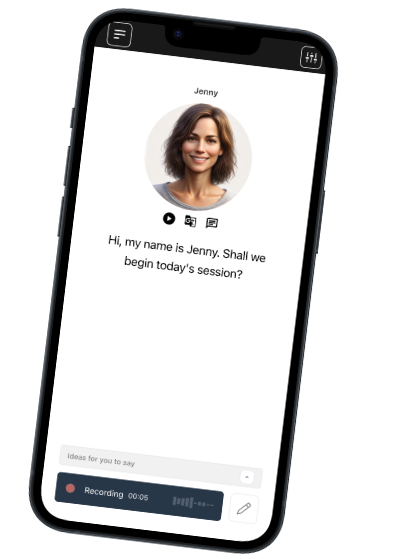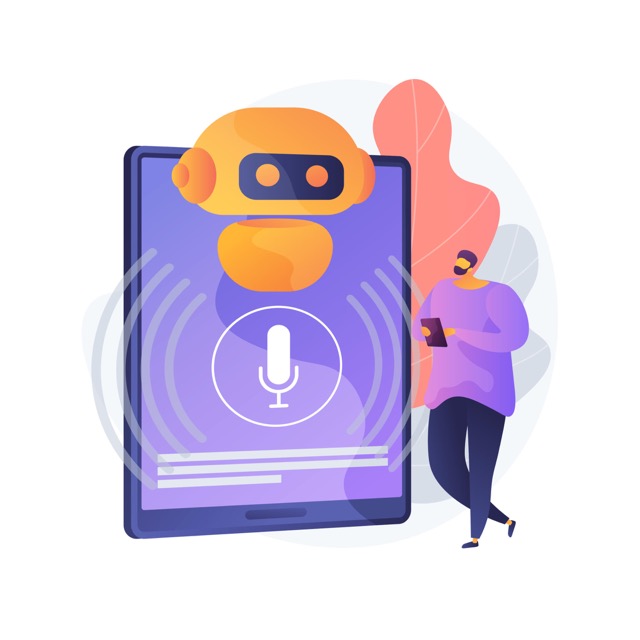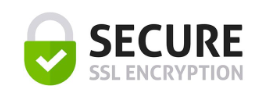Founded in Denmark. We respect your privacy.
Join a worldwide community of language learners
Learning the Schwa: The Most Common Sound in English Nobody Talks About
Last updated on
Like a line in a novel that changes meaning depending on the narrator’s sigh, a sentence in English can shift entirely with the way it’s said. Imagine someone telling you, “You’re here?”, it could sparkle with surprise, drip with doubt, or hum with relief. The words don’t change, but the sound carries the story.
Now, picture Mandarin where tone isn’t just mood, it’s meaning. A single syllable can be a mother, a horse, or a question, depending on its pitch contour. Miss the tone, and you’ve swapped the word altogether.
This is where the real fluency test hides, not in vocabulary lists, but in hearing and producing the subtleties that native speakers take for granted. Once you tune into tone, you’re not just learning a language, you’re unlocking its secret layer. The part that makes conversation feel alive.
What Exactly is the Schwa
If English had a “default” vowel, it would be the schwa. It’s the unstressed, neutral sound /ə/, short, relaxed, and hiding in plain sight. You say it every day without noticing: the first a in about, the o in support, the second u in supply, the a in sofa.
The tricky part? It’s almost never written as “uh.” The schwa can be any vowel letter when it appears in an unstressed syllable. That means spelling won’t help you; your ear has to do the work.
Mastering it is what makes English speech sound smooth and connected. Over-pronounce every syllable, and you sound like a spelling bee contestant reading aloud; use schwa naturally, and you blend into the rhythm of fluent speech. The schwa isn’t glamorous, but it’s the glue that holds English pronunciation together.
Why It Slips Through the Cracks
The schwa hides in the places you don’t expect. Unstressed syllables that your eyes notice but your ears often miss. It’s no wonder learners struggle with it.
First, there’s the dictionary trap. You may learn a word’s “official” pronunciation, but in real conversations, native speakers reduce sounds to match the natural rhythm of speech and the schwa often replaces those neat, clear vowels you memorized.
Then there’s the stress pattern puzzle. English dances between stressed and unstressed syllables, but beginner and intermediate learners tend to give every syllable equal weight, leaving no room for the schwa to slip in.
Finally, there’s the language gap. If your native language doesn’t use a schwa sound, your instinct will be to swap in other vowels, making your speech sound accurate on paper, but stiff in real life
How to Train Your Ear and Mouth for the Schwa
You won’t master the schwa by staring at a phonetic chart, it’s a sound you have to hear, feel, and repeat until it becomes second nature.
1. Ear Training
Start by listening for those “lazy” vowels in everyday speech, the syllables that shrink or almost vanish. Try short, familiar phrases like at the moment or for a minute, and notice where the vowels soften into schwa.
2. Pronunciation Practice
Take words like banana (bə-NA-nə) or support (sə-PORT) and copy how the unstressed syllables fade. Record yourself, then play it alongside native audio. The goal isn’t to sound slower, it’s to match the rhythm and vowel reduction.
3. Stress Awareness
English has a heartbeat: stressed syllables stand out, the rest fall into schwa territory. Practice tapping or clapping out the beats, letting the unstressed ones relax into that neutral vowel.
Level Up Your Skills with Support
Training your ear and mouth for the schwa works best when you get feedback in real time, not just from reading explanations. That’s where the right tools can make a difference.
Talkio offers life-like voice conversations and a pronunciation practice tool designed to help learners notice and correct schwa usage as they speak. With detailed feedback and instant pronunciation checks, you can spot small slips before they become habits.
It’s free to try for a week, plenty of time to see real progress and hear the difference in your own speech. Curious? Contact the team for more information or start your 7-day demo today.
Takeaway
The schwa is everywhere, slipped into more words than you can count, yet it’s often overlooked by learners focused on “big” sounds. Paying attention to it changes the way you hear and speak English.
Start tuning in during everyday conversations, TV shows, or podcasts. You’ll notice how much it softens speech and keeps the rhythm flowing.
Remember, mastering the schwa isn’t about hitting perfect notes, it’s about sounding natural and comfortable. Once you hear it, you can’t un-hear it, and your English will thank you for it.
Talk Your Way
to Fluency

Talkio is the ultimate language training app that uses AI technology to help you improve your oral language skills!
Try Talkio


